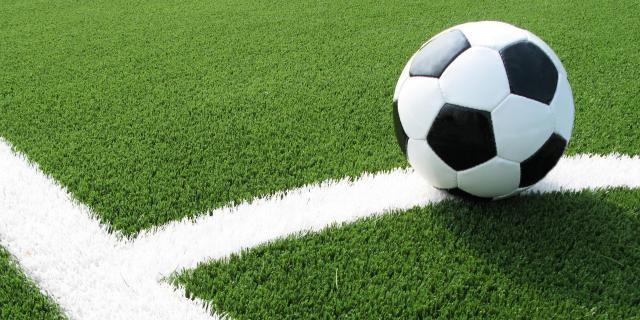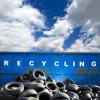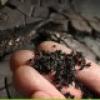Artificial grass surfaces
Infill in artificial grass surfaces
Exercise is becoming increasingly popular in the Netherlands. We exercise indoors, outdoors, on our own or as part of a team. And when we play sport outdoors, we increasingly come across old tyres that have been processed; for example on artificial grass surfaces where rubber granulate has been used as infill material. Why?
Artificial grass surfaces with rubber infill material are low-maintenance, can be played on throughout the year and have a long lifespan. Rubber improves the technical sporting properties of artificial grass. This application also means we are working towards a cleaner environment.
Rubber granulate in artificial grass surfaces
The Netherlands has more than three hundred artificial grass football fields for competitions, Cruijff Courts and other smaller football fields. Rubber granulate derived from end of life tyres is found on a large number of these football fields. Rubber granulate is derived from end of life tyres. The old tyre is stripped of all its metal parts and nylon. The rubber that is left behind is broken down, resulting in a fine granulate with a granule size of between 0.6 and 2 mm. Rubber granulate is a common feature on artificial grass football fields, as well as artificial grass hockey fields, tennis courts, rugby fields, baseball fields and driving ranges.
Improving quality and lifespan of sport fields
Each square meter of artificial grass contains on average fifteen kilos of rubber granulate. That is equivalent to almost three old tyres. Rubber’s properties, such as its elasticity and sustainability, mean it is ideal for use on sports fields. Its springiness reduces injuries and makes for a better game. Artificial grass sports fields also have a lifespan of ten to fifteen years.
No health risks
We feel research into the health and environmental risks of using rubber granulate as an infill material is extremely important. The results of this independent research confirm that rubber granulate from recycled car tyres does not pose any health and/or environmental risks, even in the long term. Recycling and re-using tyres as rubber infill material on artificial grass surfaces yields environmental savings and has proven itself an effective alternative to scarce raw materials.
Click here for more information on the health and environment risk studies or visit www.vaco.nl.




